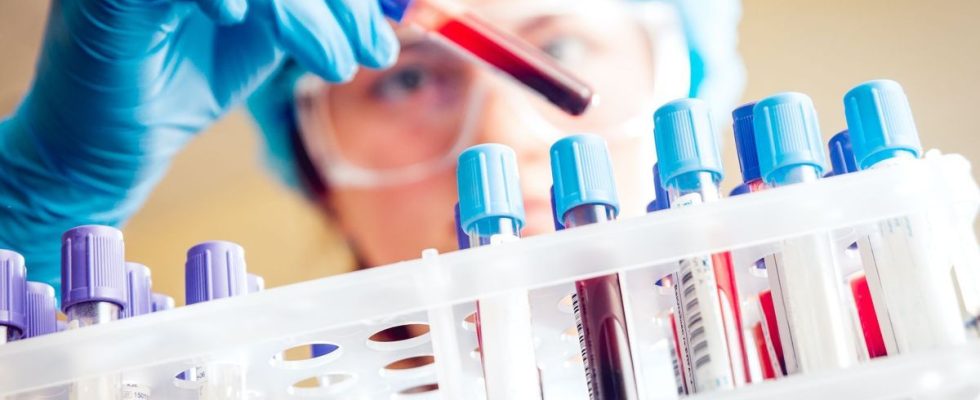Published on
Updated
Reading 3 min.
While the latest report from the European Center for Disease Prevention and Control warned in its latest report of a sharp increase in STIs in the European Union, a new little-known infection, lymphogranulomatosis venereum, is experiencing a peak in contamination.
With gonorrhea, syphilis, Chlamydia, the family of sexually transmitted infections now includes undesirable news which is progressing in a worrying manner in France and in Europe: lymphogranulomatosis venereum. What is this new threat?
A 58% increase in cases in a single year
Venereal lymphogranulomatosis, also called Nicolas-Favre disease, is an STI caused by a subtype of Chlamydia trachomatis, well known in certain tropical and subtropical regions. But while it was still rare until the beginning of the 2000s in industrialized countries, it is now “breaking through” in a worrying way.
While the European Center for Disease Control (ECDC) warned at the beginning of the month of an increase in cases of syphilis (+ 34%) and cases of bacterial chlamydia infections (+ 16%) in the European Union, that of venereal lymphogranulomatosis would have seen an increase of 58% in just one year with 2,059 cases. A number thatprobably only represents the tip of the iceberg, as the data may be underestimated” also clarified Andrea Ammon, director of the ECDC, during a press conference.
The disease is notably “transmitted through anal sex and practices such as fist-fucking and the use of sex toys or rectal irrigation”, specifies the ECDC report.
A seriously progressive disease
Without proper treatment, the infection is not very pleasant for the infected person. The disease thus progresses in three gradual stages.
A first stage between 3 and 30 days after transmission which sees the appearance of one or more lesions at the point of entry of the bacteria into the body (anus, rectum, glans, mouth, etc.). With a misleading effect: the lesions disappear without treatment, while the bacteria remains present.
The second stage, 2 to 6 weeks later, reveals other symptoms which can last several months:
- Painful swelling of lymph nodes (adenopathy) in the groin or neck;
- A discharge of blood and pus from the anus;
- Fever and chills;
- Muscle and/or joint pain.
Finally, if the disease is not treated, a third, more serious stage can cause serious after-effects:
- A narrowing or perforation of the vagina, rectum or colon, caused by chronic inflammation;
- Swelling of the genitals caused by obstruction of the lymphatic vessels;
- A discharge of pus, inflammation of the mucous membranes accompanied by bleeding;
- More rarely, inflammation of the liver or a joint.
A public more at risk
For now, LGV is more common among men who have sex with men and living with HIV infection, observes the ECDC. The first hypothesis is therefore that this audience is more vulnerable.“Between 2018 and 2022, the proportion of HIV-negative LGV cases increased, from 47% in 2018 to 69% in 2022,” it is specified in the report.
Accelerate screening to counter progression
The disease is diagnosed by a blood test, or a sample which must detect the presence of the bacteria. This must be detected within a window of 14 days after transmission. The treatment is based on taking antibiotics which will completely eliminate the infection. On the other hand, it is necessary to protect yourself sexually throughout the duration of treatment.
But can we stop this progression? The question is valid. The ECDC regrets that the diagnostic capacities for this disease are still too limited in several countries of the European Union“which makes infection control difficult and limits the availability of epidemiological data”. Furthermore, early diagnosis is essential to prevent serious complications of LGV.
